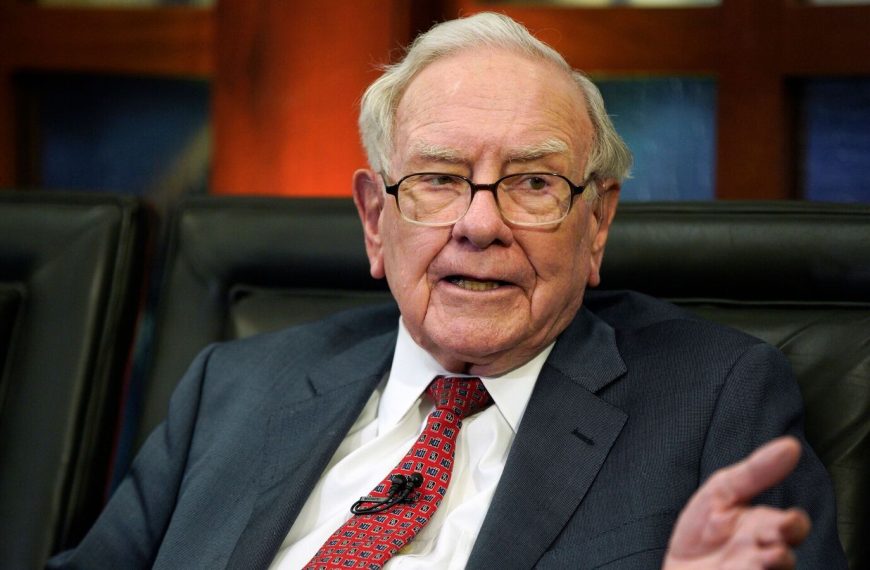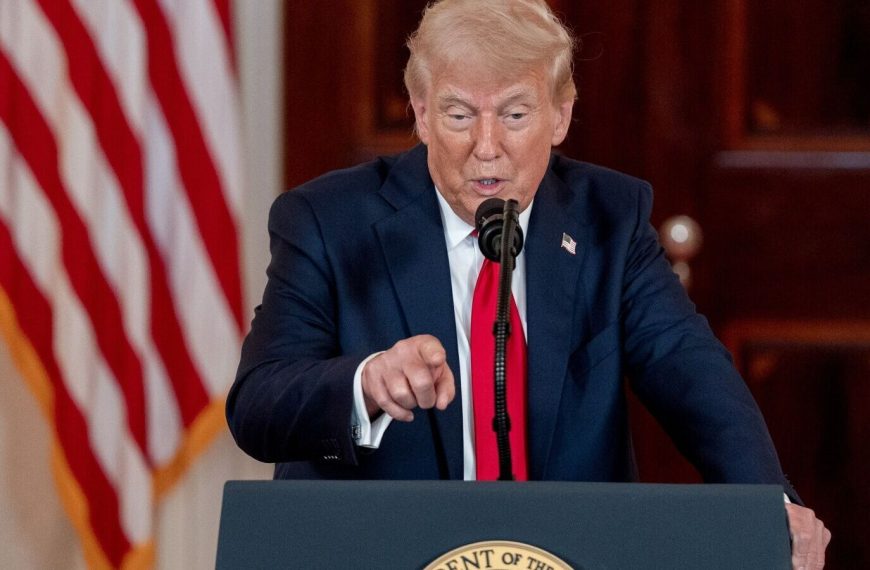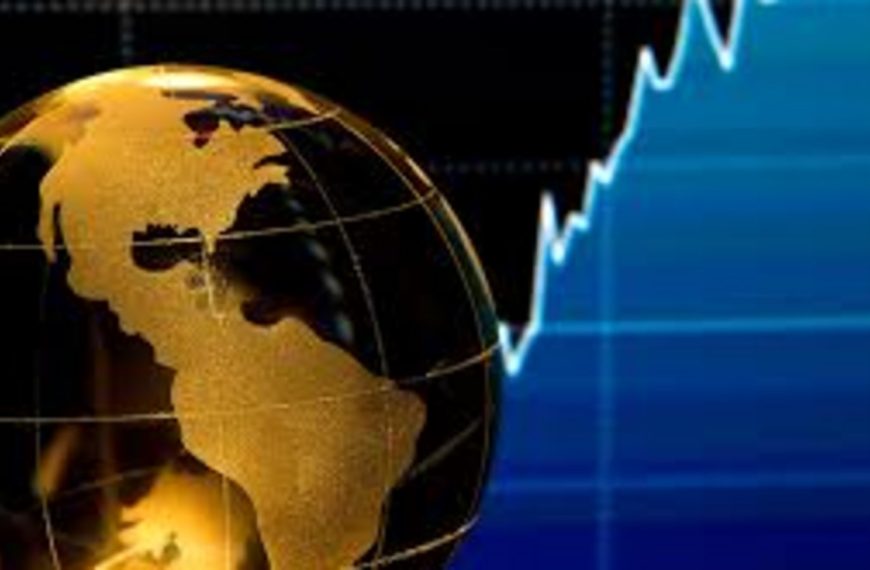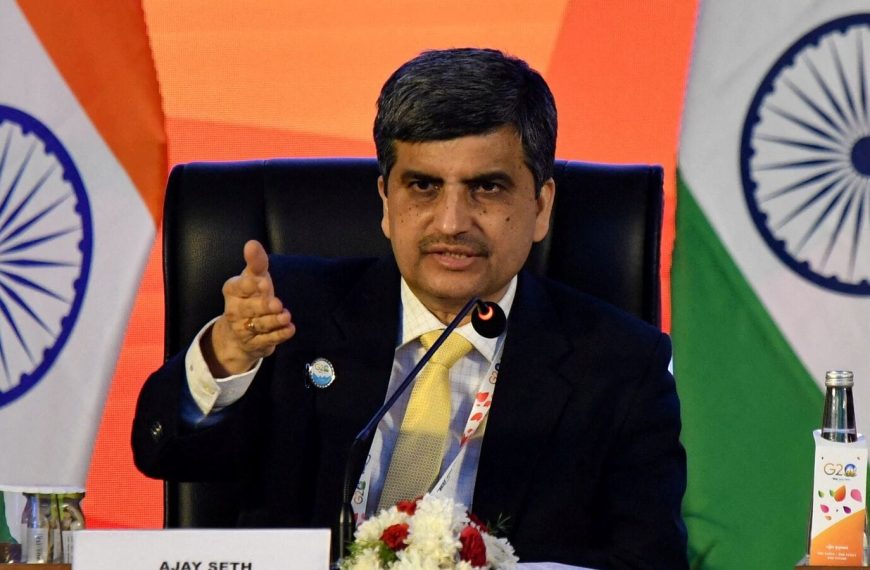The Federal Reserve is navigating a tricky landscape as it prepares for its upcoming meeting in Washington. With inflation concerns lingering, officials are leaning towards maintaining current interest rates. However, external pressures, including calls from President Donald Trump and his administration for a rate cut, complicate the situation. Data released recently showed a robust job market, which may provide some reassurance to Fed Chair Jerome Powell and his team.
Job Market Strength May Support Fed’s Decision
The latest government report revealed a significant increase of 177,000 jobs in April, indicating a resilient labor market. This positive employment data could allow the Fed to justify holding interest rates steady. Despite the ongoing inflation pressures, the Fed has noticed a gradual easing, although higher tariffs on imports pose a risk to this progress.
- Current Economic Climate:
- Strong job growth: 177,000 new jobs in April
- Inflation pressures easing slowly
- Concerns over tariffs affecting economic forecasts
Global Economic Uncertainty Looms
The atmosphere surrounding central banks worldwide is increasingly filled with uncertainty. The White House is actively working on tariff negotiations that could drastically alter economic conditions, which complicates predictions for future growth. Experts from Bloomberg Economics suggest that Powell may emphasize the importance of price stability during the upcoming meetings, especially as inflation expectations show signs of loosening.
European and Canadian Central Banks Respond
Meanwhile, central banks in Europe and Canada are also reacting to the shifting economic landscape. The European Central Bank continues to implement rate cuts as it anticipates continued disinflation due to U.S. tariffs. Surprisingly, inflation in the euro area remained steady, despite expectations of a decline. Similarly, the Bank of Canada has chosen to forgo its typical forecast, presenting two vastly different economic scenarios based on the outcome of tariff disputes with the U.S.
Upcoming Economic Indicators to Watch
The economic calendar for the upcoming week is relatively quiet in the U.S., with a focus on the Institute for Supply Management’s services index and jobless claims data. Analysts will be looking for signs of increasing layoffs, particularly after initial applications surged recently.
Key Economic Reports to Monitor:
- U.S.:
- April services index from the Institute for Supply Management
- Jobless claims data
- Canada:
- Newly elected Prime Minister Mark Carney‘s meeting with Trump
- Merchandise trade numbers for March
- Asia:
- Factory and services activity reports from China, Japan, and India
Global Monetary Policy Adjustments
As countries worldwide adapt their monetary policies, several significant decisions are expected in Europe and beyond. The Bank of England is anticipated to announce a rate cut, while policymakers in Sweden and Norway may hold rates steady. In Eastern Europe, Poland’s central bank is set to lower borrowing costs, and the Czech National Bank may finalize its rate cuts.
Summary of Global Central Bank Actions:
- United Kingdom: Expected rate cut
- Poland: Potential borrowing cost reduction
- Czech Republic: Final rate cut anticipated
As the Federal Reserve and other central banks prepare for their respective meetings, the interplay between inflation, employment data, and tariff implications will be critical in shaping future economic policies. Central banks are keenly aware of the challenges posed by external factors, particularly as trade tensions continue to evolve.
Stay updated on these developments as they unfold, and consider how they may impact global markets and your investment strategies.










